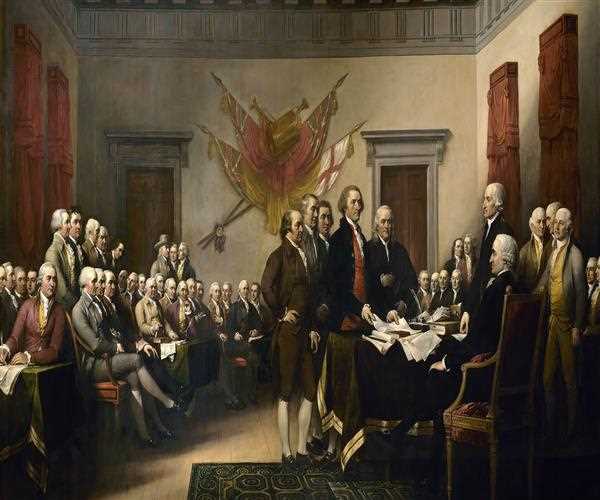An overview
The Democratic-Republican Party also referred to as the Jeffersonian Republican Party and known at the time as the Republican Party and occasional other names, was an American political party founded by Thomas Jefferson and James Madison in the early 1790s that championed republicanism, agrarianism, political equality, and expansionism.

Read also: who-was-the-co-founder-of-the-democratic-republican-party?
Splitting of the party
The party became increasingly dominant after the 1800 elections as the opposing Federalist Party collapsed. The Democratic-Republicans later splintered during the 1824 presidential election.
The majority faction of the Democratic-Republicans eventually coalesced into the modern Democratic Party, while the minority faction ultimately formed the core of what became the Whig Party.
The presidential election of 1852 marked the beginning of the end of the Whig party. With its northern and southern wings divided over the Fugitive Slave Law, the best the party could do was nominate another hero of the Mexican War, General Winfield Scott.

Read also: why-did-andrew-jackson-split-from-the-democratic-republican-party?
The Democrats turned away from Millard Fillmore, Taylor's vice president, who had succeeded to the presidency upon Taylor's death in 1850, and chose Franklin Pierce of New Hampshire as their candidate.
Although both parties supported the Compromise of 1850, the Democrats were able to better overcome their internal differences, and Pierce won a landslide victory in the
Electoral College, 254 to 42. The Whigs never recovered from the defeat.
The election of 1852 was an important watershed. As the Whig party fell apart, Americans formed new political alignments. Southern Whigs moved into the Democratic party, while northern Whigs joined the new Republican party, formed in 1855.